
In the pursuit of developing a user-friendly and efficient power meter, the HLW8012 chip serves as a promising component. The design focuses on simplicity and versatility, eliminating the need for a microcontroller. Initial testing has been conducted to gain insights into the chip's capabilities.
HLW8012 Key Features:
1. High-Frequency Pulse CF: Indicates active power with an impressive ±0.3% accuracy within a 1000:1 range.
2. High-Frequency Pulse CF1: Indicates the effective value of current or voltage with selectable accuracy via SEL, achieving ±0.5% within a 500:1 range.
3. Integrated Components: The chip features a built-in crystal oscillator, 2.43V voltage reference source, and a power monitoring circuit.
4. Power Supply: Operates on a 5V single supply, drawing a minimal operating current of less than 3mA.
Circuit Overview:
The implemented circuit facilitates voltage and current measurements. Although the current test focused solely on voltage due to temporary limitations in the wiring setup, the results showcase the chip's potential.
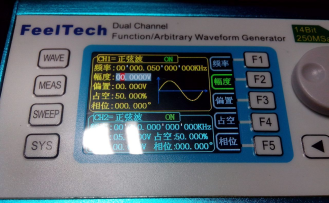
Voltage Testing:
There's a base frequency, approximately 2Hz.
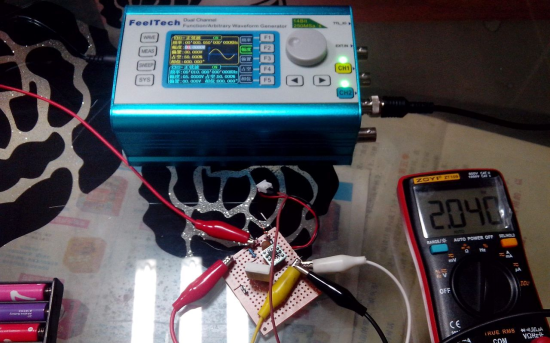
At 50Hz with a 1V input, the output frequency is 34.21Hz.
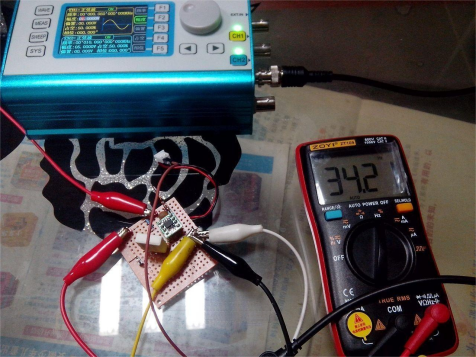
At 50Hz with a 2V input, the output frequency is 368.49Hz, basically proportional.
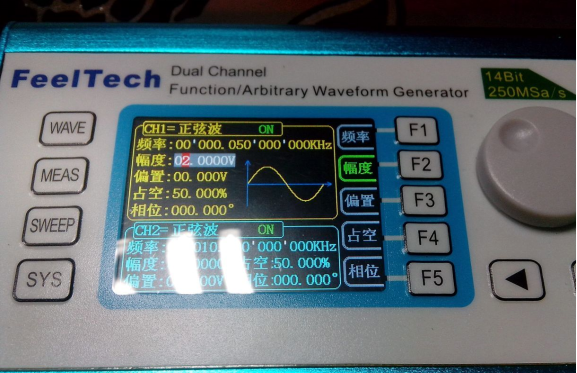
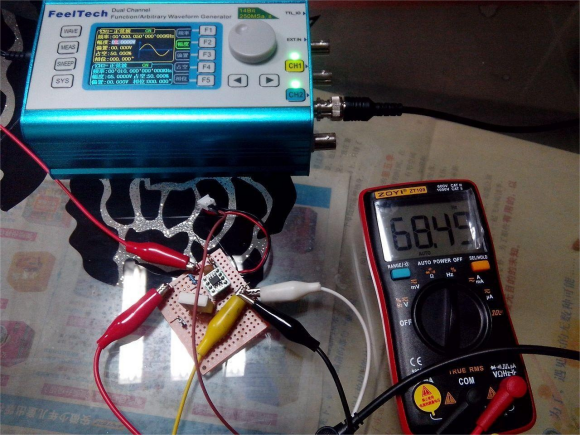
Increasing the frequency to 500Hz shows some changes in output, indicating it's not suitable for high frequencies.
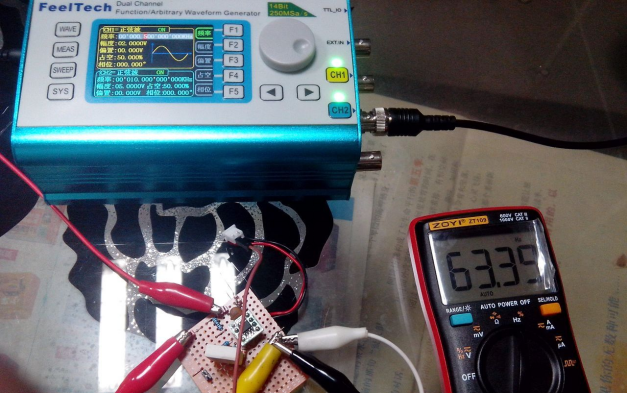
At 50Hz with a 3V input, the output frequency is 103.3Hz, also basically proportional.
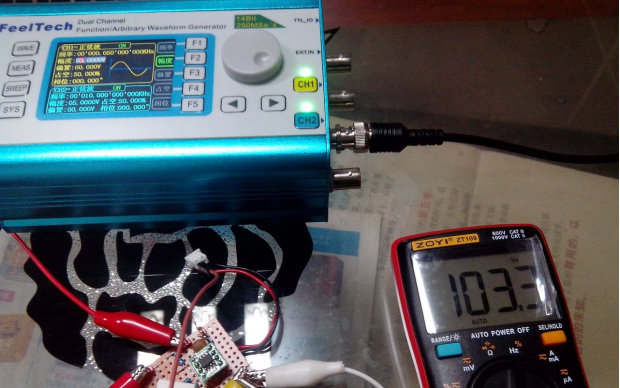
At 50Hz with a 4V input, the output frequency is 138.3Hz, still proportional, but with increased deviation compared to 1V input.
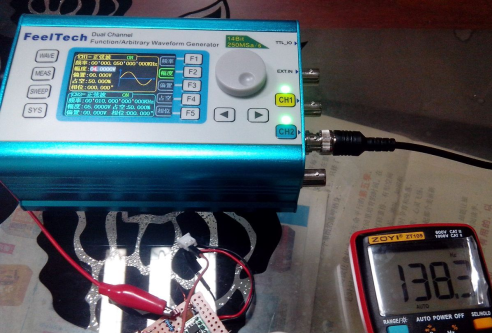
At 50Hz with a 5V input, the output frequency is 176Hz, still proportional.
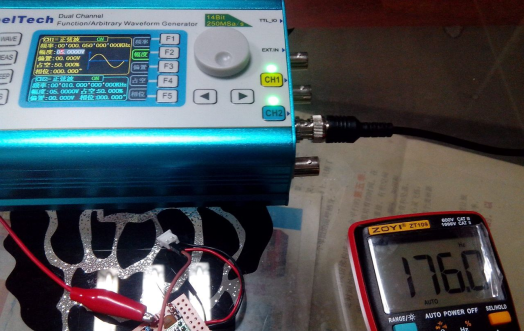
At 50Hz with a 10V input, the output frequency is 347Hz, with 1V at 34.21Hz.

At 50Hz with a 15V input,
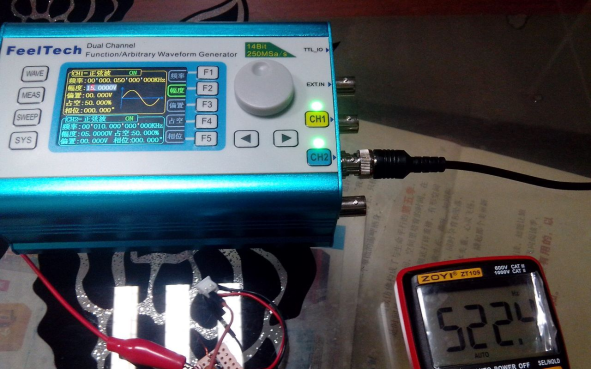
At 50Hz with a 20V input, note: the output here is peak value, not effective value.
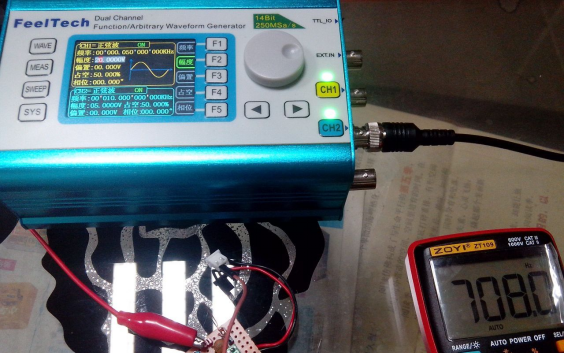
DC Testing:
Efforts to measure DC power revealed that the chip is not equipped for such applications. Even with a 5V DC input, the chip exhibited no response. However, the chip remains an excellent candidate for constructing an AC low-voltage power meter, particularly suitable for measuring the secondary output power of transformers.
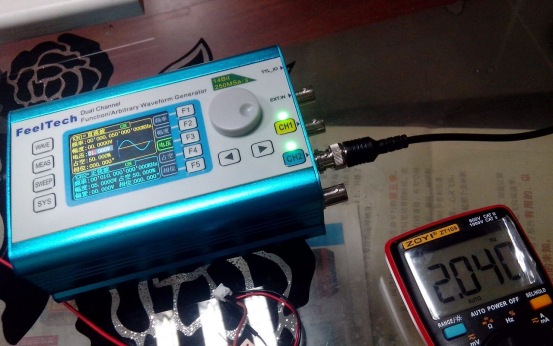
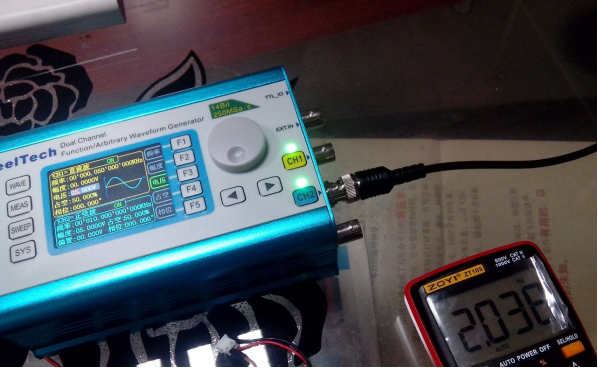
Conclusion:
In summary, the HLW8012 chip demonstrates commendable features for AC power measurement. While it may not be suitable for high-frequency or DC applications, its capabilities make it an attractive choice for creating a reliable AC low-voltage power meter. For those intrigued by the possibilities, further exploration and customization are encouraged for a tailored solution.




